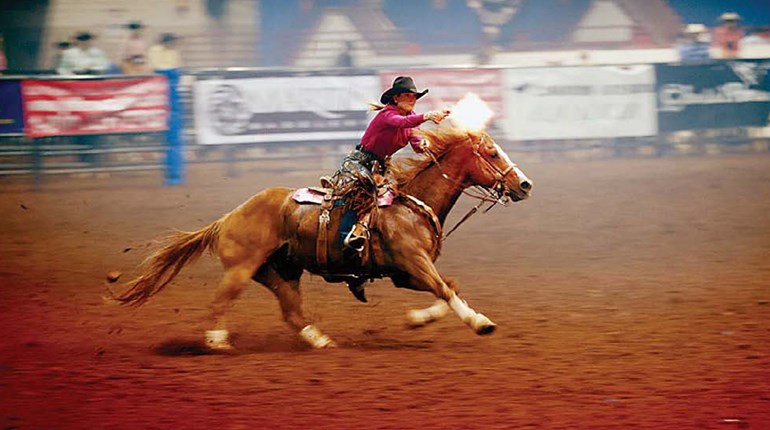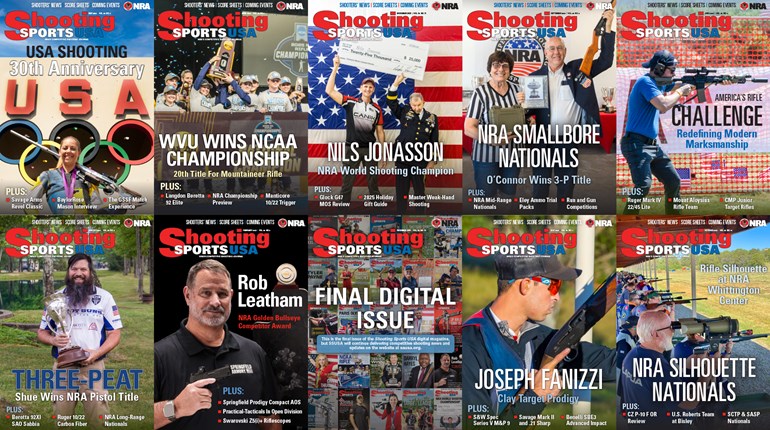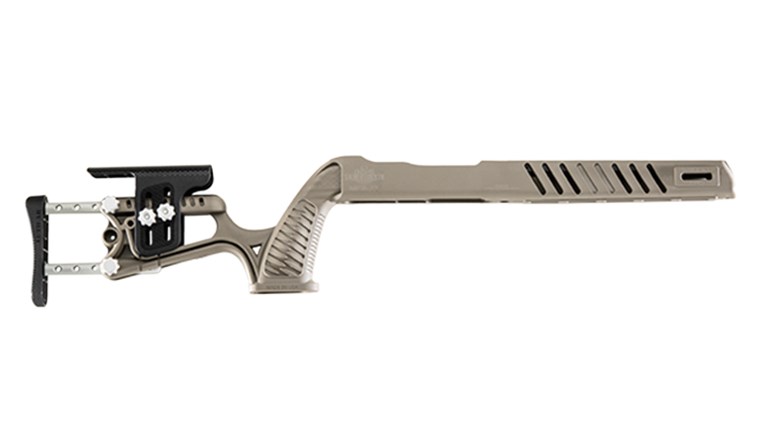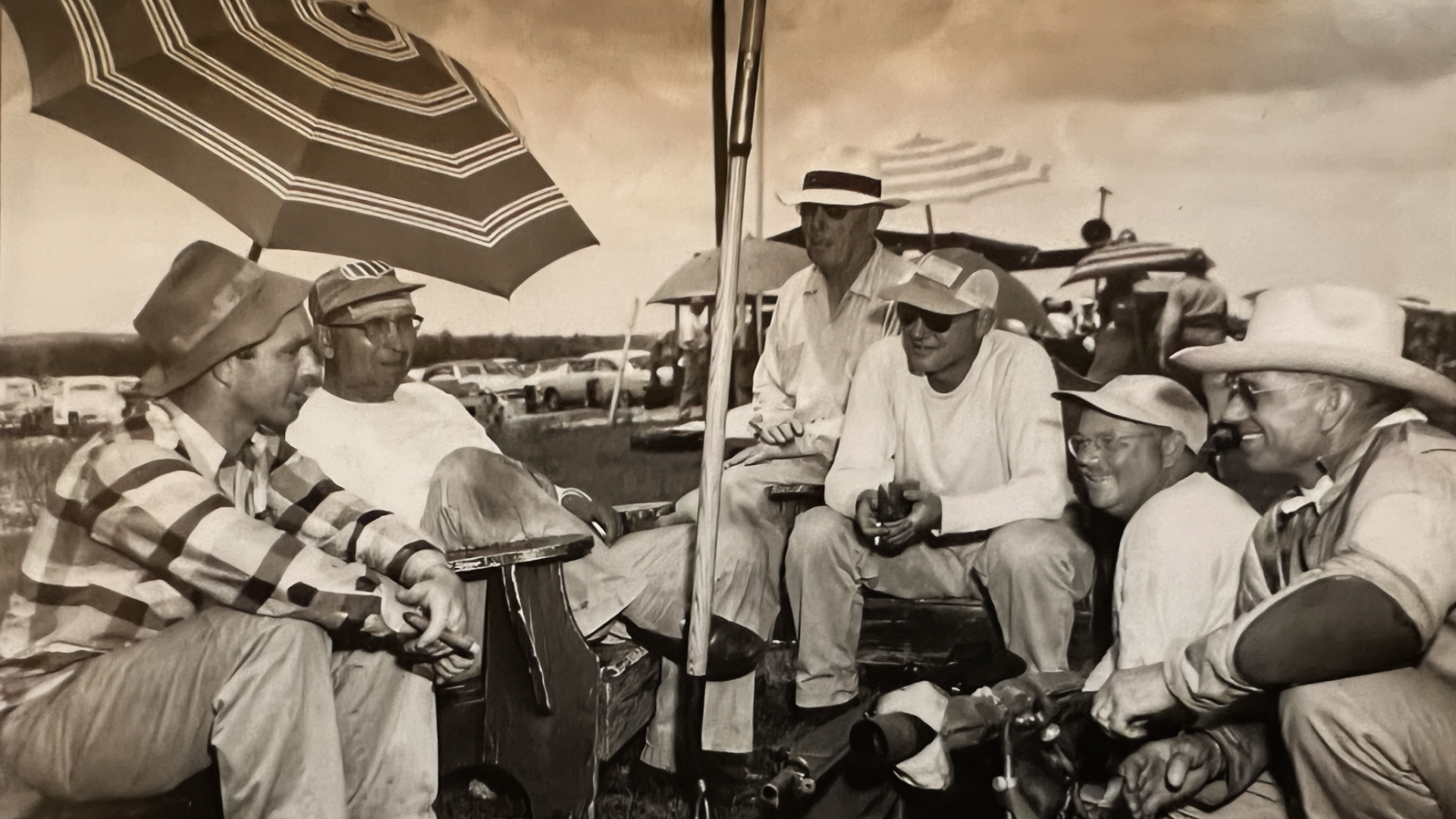
“… only in the first eleven years following its creation has the National Board for the Promotion of Rifle Practice carried out the broad functions assigned to it by Congress. Although the Board met regularly from 1914 to 1941, almost its sole activity during this period was to act as the governing body for the National Matches … elevate the Board to the level of the Department of Defense, where it can promote marksmanship training among all the armed forces … The National Board for the Promotion of Rifle Practice has proven it can be a valuable asset … The reports from Korea surely indicate the urgent need for action.”
—The American Rifleman, April 1952
The 1952 National Match program at Jacksonville and Fort Benning (now Fort Moore) is the only one in event history to feature all three phases of competition at southeastern venues, and that all four National Trophy events were fired this year marked the first time since 1940 that the National Matches offered the full allotment of possible “legs” for the Distinguished Marksman or Pistol Shot badges.
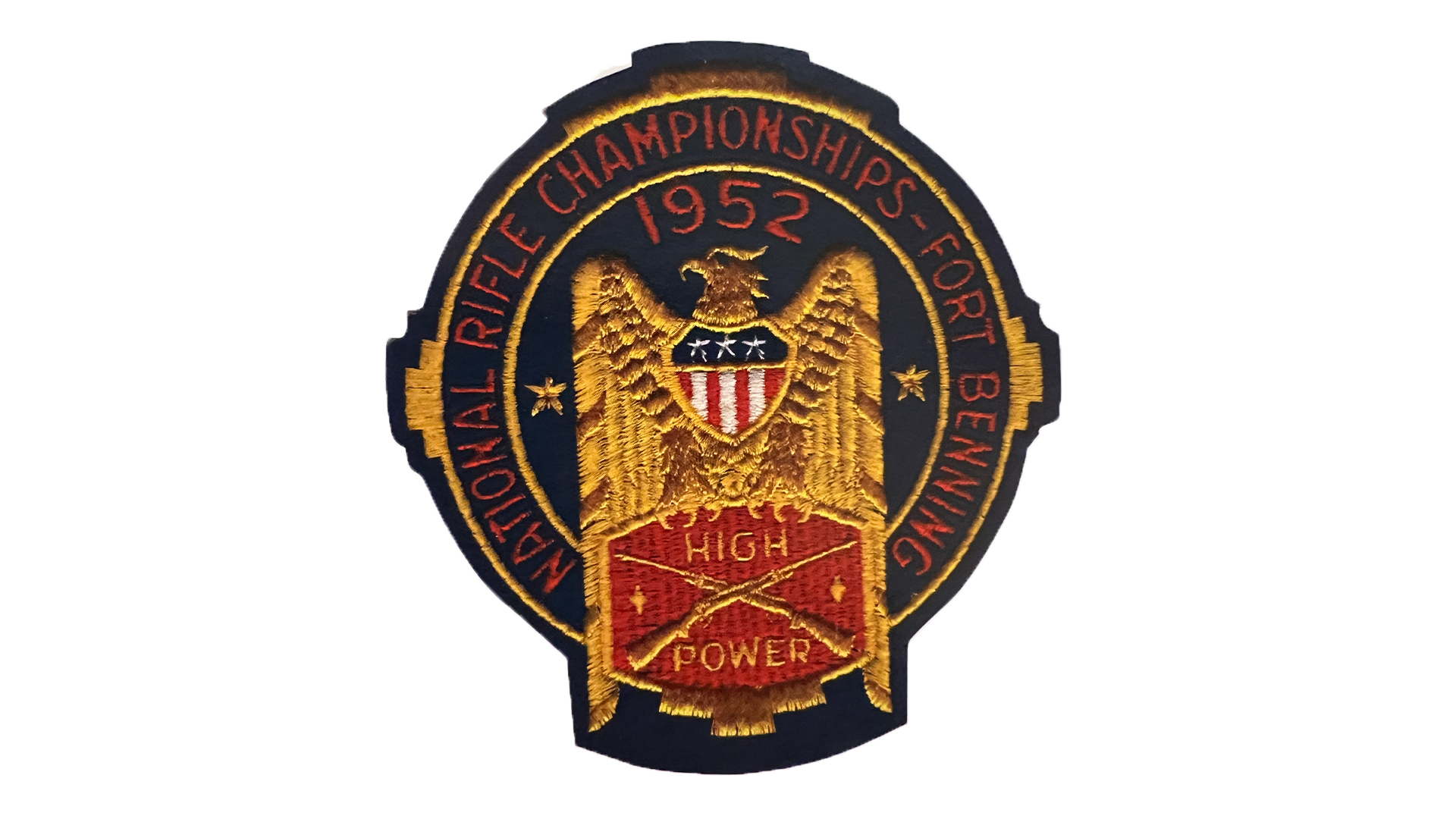
Just months before the first shot was fired, however, the NRA, led by Executive Director Merritt Edson, was forced to take its most drastic action on the issue of National Match funding after the House of Representatives passed a Department of Defense Appropriation Bill (H.R. 7391) on April 9, 1952, without resources for the National Board.
At first, the Bureau of the Budget approved just $130,000 of the National Board for the Promotion of Rifle Practice’s original request of $870,000 (including $669,000 for ammo, $600,000 of which was for .30 cal. that was not available via surplus for the first time since the end of World War II). But in the aftermath of H.R. 7391, Edson directed an organized appeals campaign through the NRA membership before he appeared before the Armed Services Sub-Committee of the Senate Appropriations Committee on June 19, 1952. Congressional members praised Edson for his tactful approach to the matter and the meeting resulted in the Senate’s approval of Amendment #27 (submitted by Sen. Henry Cabot Lodge of Massachusetts) to restore the sum of $130,000. In early July, the Senate and House Appropriations Committees met and compromised on a $100,000 appropriation for the conduct of the 1952 National Matches the following month.
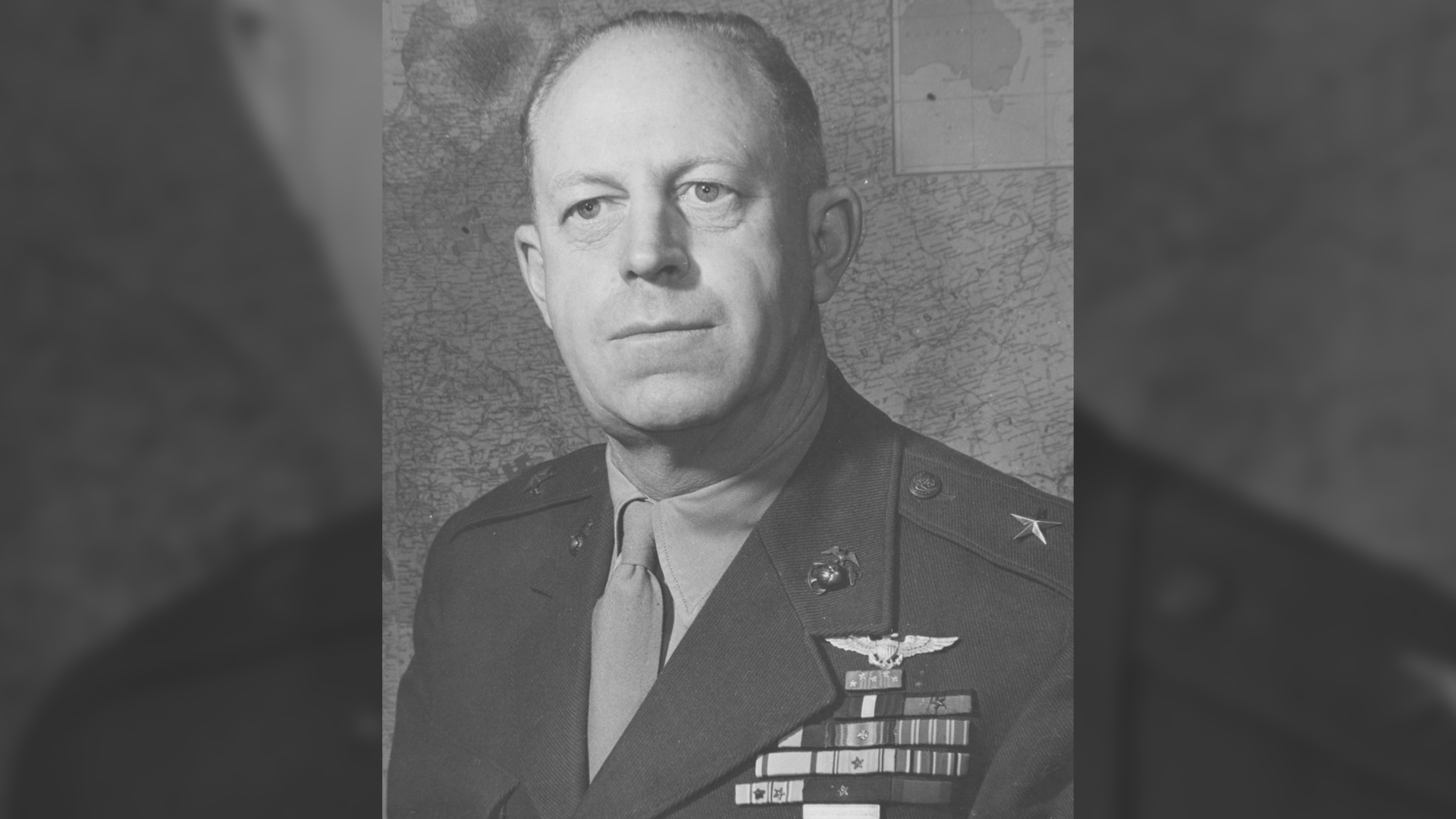
“For the first time since the National Board for the Promotion of Rifle Practice was established and the original appropriation made for it in 1903, Congress has failed to provide a single penny for its support.”
—NRA Executive Director Merritt Edson in a letter to NRA members, April 14, 1952
The NRA’s fourth convention (81st Annual Meeting) was held during the smallbore and pistol matches at Jacksonville and the summer dates were selected in an attempt to draw vacationers and school-age competitors. The combination of earlier dates and a change in National Team Rifle Match conditions that required only four firing members (down from 10) contributed to the fact that almost 900 competitors representing every state, plus Hawaii and Puerto Rico, attended the 1952 National Matches.
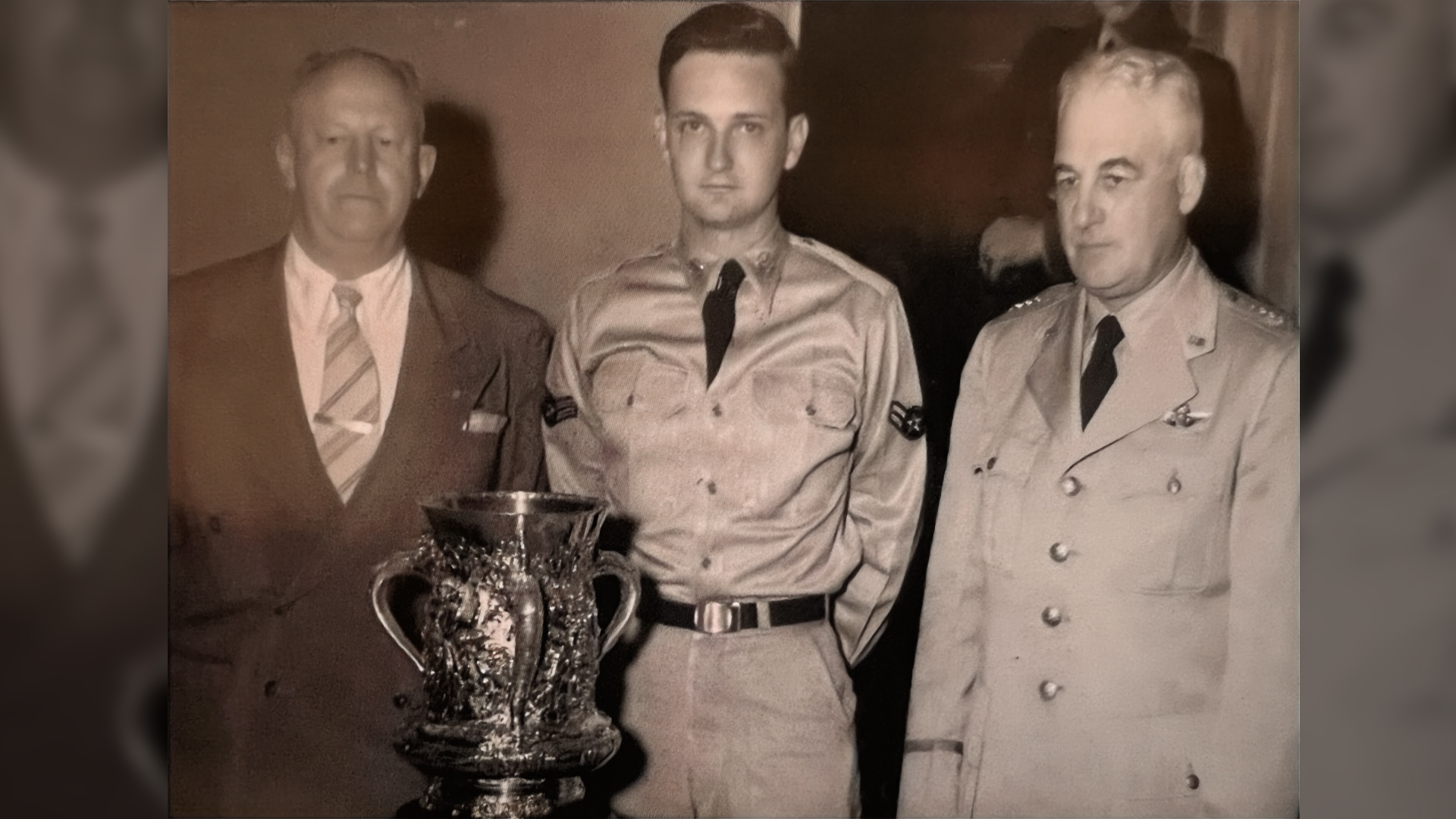
Army team captain Col. Perry Swindler held Executive Officer duties during the high power matches at Fort Benning, while Charles A. “Smitty” Brown fulfilled the role for the pistol and smallbore programs hosted by the Jacksonville Police Pistol Club with the assistance of the Jacksonville Rifle Club. Club members in Jacksonville were praised for their quick preparation of the match site, which included installation of a 100-point smallbore range next to the police pistol range, pistol range expansion from 80 to 100 targets and various enhancements to the overall facility, which was located near the city’s airport. The smallbore area was sculpted out of a sand pit and Al Freeland, noted rifleman and purveyor of shooting paraphernalia, recalled that the late August sun made the range almost unbearably bright and hot, with heavy mirage that was exacerbated by the effects of nearby aircraft. The sponsors set up an awning over the firing line and spotted the assembly area with colorful beach umbrellas for relief—a foreshadowing of future Camp Perry firing lines.
The distinguished reign of dominance in pistol competition between Joe Benner and Harry Reeves was interrupted this year when William Toney, Jr., of the U.S. Border Patrol in Texas broke the 2600 plateau for the first time in his career. Toney’s 2604 score was three better than Benner’s performance, which dropped off in the final .45 caliber phase. Maria Hulseman of Towson, Maryland, won the women’s title in her first National Match appearance, while the Army dominated NRA team competition and finished ahead of the Marines in all three contests. Capt. Ben Curtis became the first regular Army shooter to win the National Board individual match. In addition, the Marines bounced back in record fashion to beat Army in the team event.
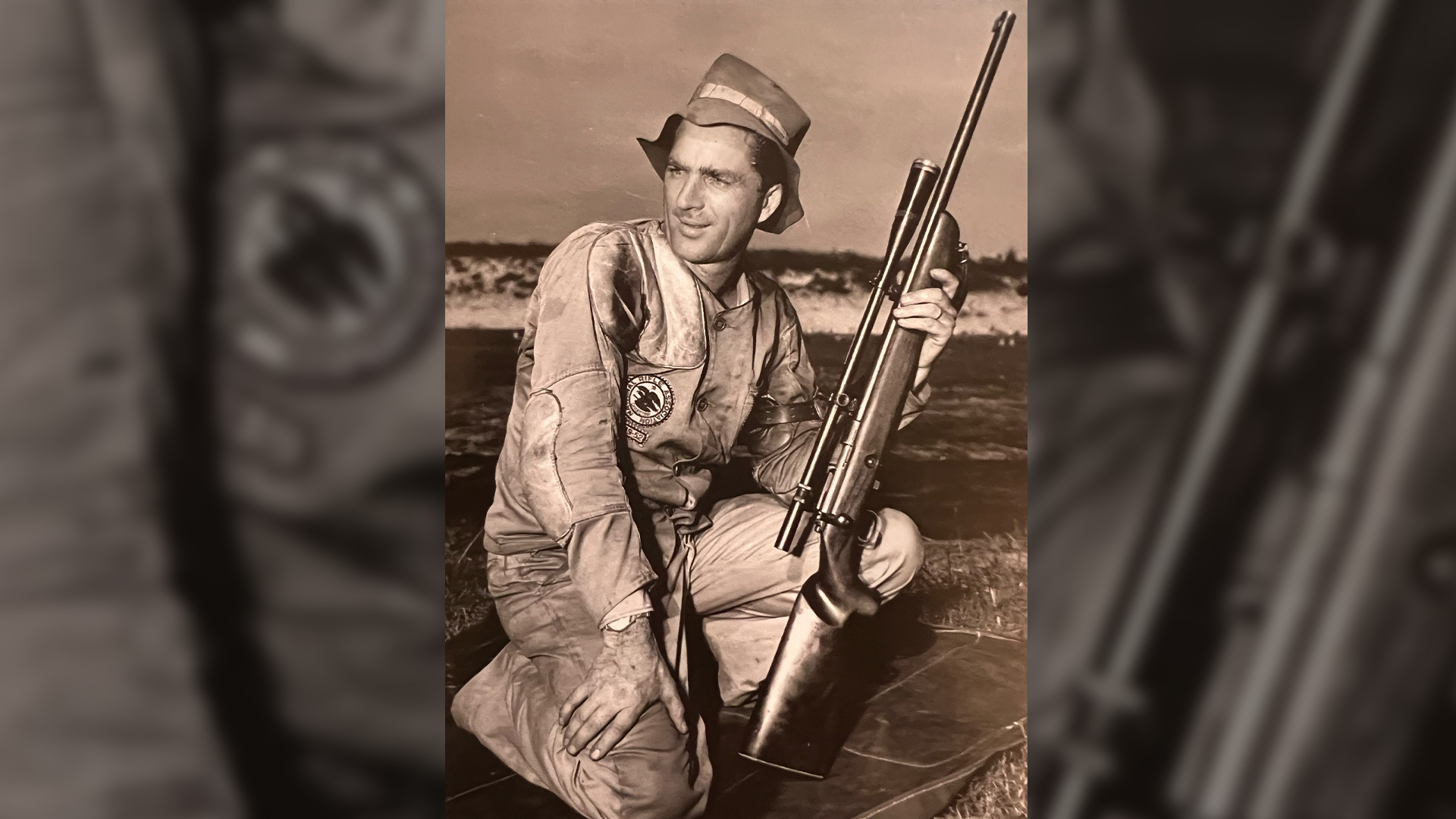
In smallbore, Robert Perkins of Fresno, California, was named national champion and the women’s title went to Betty Ingleright, who finished in the top 10 overall. But one of the most accomplished shooting feats in National Matches history occurred in 1952 courtesy of the legendary Walter R. Walsh, who competed at both Jacksonville and Fort Benning. Were it not for the unfortunate situation when he fired a 10 on the wrong target and finished third overall in pistol behind Benner, Walsh would have been the only shooter to win both national handgun and high power titles, in the same year no less. He was crowned national match rifle champion at Fort Benning where during the program, his ability with the big bore resulted in a victory in the Marine Corps Match, third place in the National Board event, fourth places in the Members’ Trophy and Navy Cup Matches, and top 10 finishes in both the President’s and Free Rifle Matches.
Service rifle honors went to Maj. Robert Dawson, who was part of a strong Marine presence this year. But Army shooters duplicated what the Marines did in pistol and bounced back to take the National Team match. The Board’s individual title was won by the Army as well, when Capt. Murvale Belson finished at the top of the standings. In women’s big bore competition, NRA Director Alice Bull of Seattle, Washington, won her first national title.














